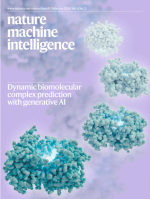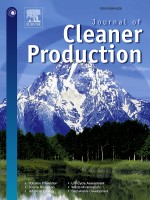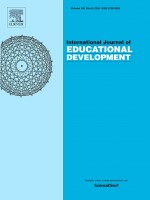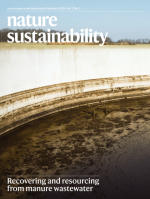Earth and Planetary Science Letters Volume 266
Earth and Planetary Science Letters Volume 266, Issues 3-4, 29 February 2008, Pages 221-232 DOI: 10.1016/j.epsl.2007.10.015
View Journal Article / Working PaperA reconstruction of Holocene rainfall is presented for southwest China — an area prone to drought and flooding due to variability in the East Asian monsoon. The reconstruction is derived by comparing a new high-resolution stalagmite ?18O record with an existing record from the same moisture transport pathway. The new record is from Heshang Cave (30°27?N, 110°25?E; 294 m) and shows no sign of kinetic or evaporative effects so can be reliably interpreted as a record of local rainfall composition and temperature. Heshang lies 600 km downwind from Dongge Cave which has a published high-resolution ?18O record (Wang, Y.J., Cheng, H., Edwards, R.L., He, Y.Q., Kong, X.G., An, Z.S., Wu, J.Y., Kelly, M.J., Dykoski, C.A., Li, X.D., 2005. The Holocene Asian monsoon: links to solar changes and North Atlantic climate. Science 308, 854–857). By differencing co-eval ?18O values for the two caves, secondary controls on ?18O (e.g. moisture source, moisture transport, non-local rainfall, temperature) are circumvented and the resulting ??18O signal is controlled directly by the amount of rain falling between the two sites. This is confirmed by comparison with rainfall data from the instrumental record, which also allows a calibration of the ??18O proxy. The calibrated ??18O record provides a quantitative history of rainfall in southwest China which demonstrates that rainfall was 8% higher than today during the Holocene climatic optimum (? 6 ka), but only 3% higher during the early Holocene. Significant multi-centennial variability also occurred, with notable dry periods at 8.2 ka, 4.8–4.1 ka, 3.7–3.1 ka, 1.4–1.0 ka and during the Little Ice Age. This Holocene rainfall record provides a good target with which to test climate models. The approach used here, of combining stalagmite records from more than one location, will also allow quantification of rainfall patterns for past times in other regions.




